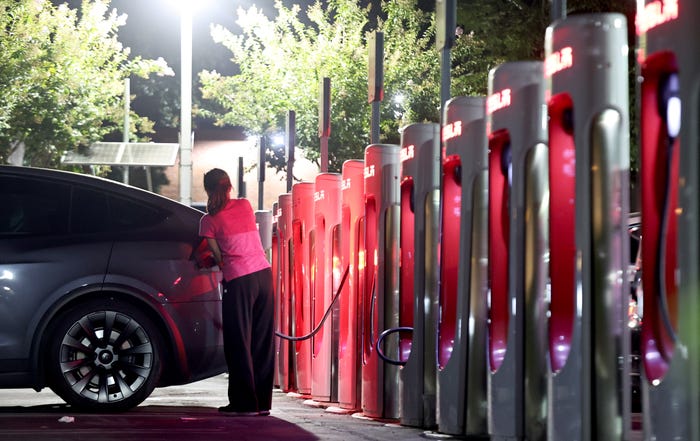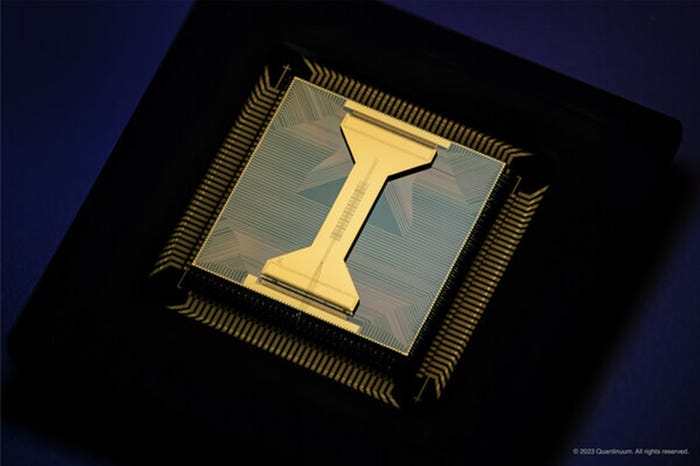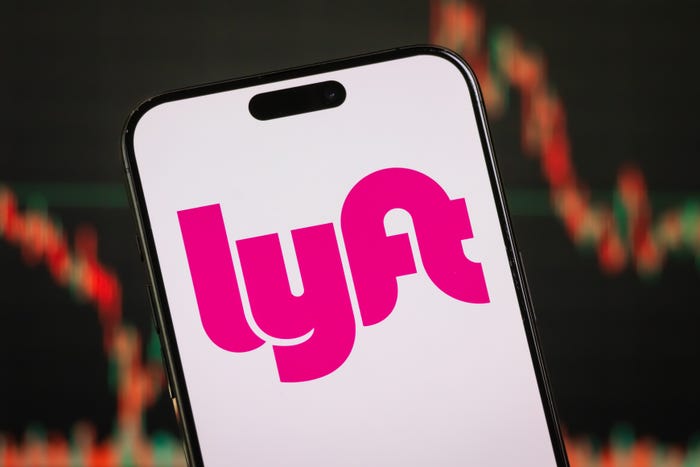Robot Offers Personalized Restaurant, Retail ExperiencesRobot Offers Personalized Restaurant, Retail Experiences
Pudu Robotics’ original KettyBot Pro launched in 2021 and is being used at KFC, Pizza Hut and Walmart. The new version takes it to another level

Pudu Robotics, a service robot developer, has launched its latest delivery and reception robot, the KettyBot Pro.
The service robot is designed to address labor shortages and improve customer engagement in the retail and restaurant industries, performing tasks including delivering food, greeting and guiding customers and generating advertising content.
"We hear from various businesses that it's hard to maintain adequate service levels due to staff being overwhelmed and stretched thin," said Felix Zhang, Pudu Robotics’ CEO. "Robots like KettyBot Pro lend a helping hand by collaborating with human staff, improving their lives by taking care of monotonous tasks so that they can focus on more value-added services like enhancing customer experience. And people love that you can talk to it."
The initial KettyBot model was launched in 2021 and has been deployed by brands such as KFC, Pizza Hut and Walmart to deliver orders, market products and greet guests.
The new design includes features such as personalized advertising, cameras to enable precise navigation along narrow passageways and first-of-its-kind smart tray inspection using visual sensors to identify objects on a tray.
KettyBot Pro also has customization options for customers, with users able to personalize KettyBot Pro's expressions, voice, and content, as well as personalized welcome messages and greeting services.
“With the launch of KettyBot Pro, Pudu Robotics is enhancing customer experience and helping businesses expand their revenue streams for a competitive edge in their markets,” according to a company statement. “The robot's AI voice interaction and eye-catching display make for intelligent customer interactions, while autonomous path planning and automatic charging ensure efficient operations.”
Pudu also announced it will be building two new factories near Shanghai, in a move that it said will triple its annual capacity and help meet demand for its robots in the U.S.
Read more about:
AsiaAbout the Author
You May Also Like








